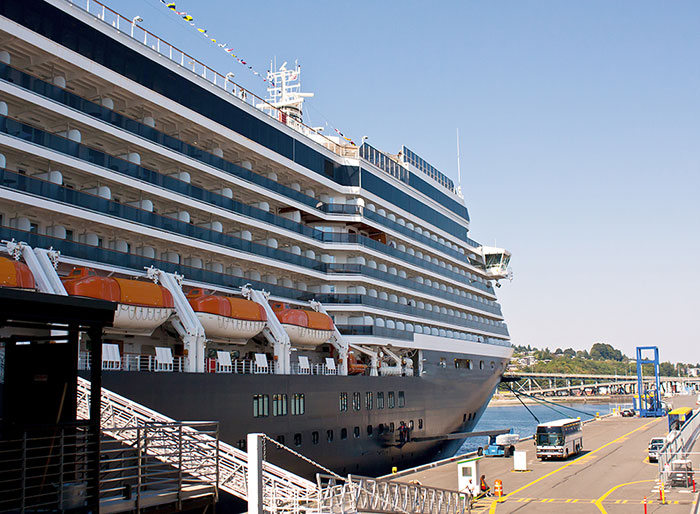
Hurricane Preparedness
Prepare a Family Plan ahead of time:
Conduct family drills on meeting places, emergency numbers, and safety rules. Routinely inspect your home for repairs.
- Plan meeting places in case of emergency. Teach children to dial 911 or local emergency numbers.
- Install safety features such as smoke alarms and fire extinguishers, and maintain them regularly
- Safe evacuation routes inland
- Know where official public shelters are (most of these don’t allow pets)
- Find pet-friendly hotels on your evacuation route
- Prepare emergency kit supplies
- Keep your emergency equipment in good condition, maintenance regularly flashlights, generators, and battery powered equipment like cell phones and radios for weather updates.
- Store non-perishable food and clean drinking water
- Store plywood or other material to protect your home
- Keep trees and shrubbery trimmed to keep debris from flying into your home.
- Keep rain gutters and downspouts clear
- If your own a boat, have a plan on where you will store it
- Review you insurance policies
Emergency Kit Supplies:
Store your emergency kits in sturdy easy to carry containers, such as backpacks and duffel bags. Keep your important documents in water proof containers. Keep a smaller emergency kit in your vehicle. Replace food and water supplies every 6 months.
- Store at least a 3 day water supply (1 gallon per person per day)
- Store at least a 3 day supply of non-perishable food
- Have a change of clothing and shoes per person
- A blanket or sleeping bag per person
- First aid kit (make sure you are certified and other family members are certified in CPR and first aid)
- Battery powered portable radio
- Flashlight (extra batteries)
- Emergency tools
- Keep an extra set of car keys
- Credit card and extra cash
- Remember special items for infants, elderly or disabled family members
- Prescription and non-prescription medications
During a Storm Watch:
- Listen to radio for weather updates
- Fuel and service all vehicles
- Inspect and secure your home (secure mobile home tie downs)
- Prepare to cover all windows and doors with storm shutters, plywood, or other shielding material
- Check batteries in flashlights and other emergency equipment
- Have at least a 3 day supply of stocked non-perishable food, first aid supplies, drinking water, and medications
- Bring in any light weight objects such as garbage cans, garden tools, toys, and lawn furniture
During a Storm Warning:
- Listen to radio for weather updates and follow instructions issued by local officials. Leave if ordered!
- Close storm shutters
- Stay with friends or relatives, or at a low-rise inland hotel or designated public shelter outside of flood zone
- Do not stay in a mobile or manufactured home (unsafe in high winds, no matter how well fastened to the ground they are)
- Notify neighbors or other family members outside of the warned area of your evacuation plan.
- Take pets if possible (remember most public shelters don’t allow pets)
Staying at Home:
Plan to leave if you live on the coastline, an offshore island, near river or flood plains. If you live in a high rising building, hurricane winds are stronger at higher elevations.
- Turn refrigerator to maximum cold and keep the door closed
- Turn all utilities off if told by authorities, and unplug small appliances
- Turn off propane tanks
- Fill bathtubs and large containers with water in case clean tap water becomes unavailable. Use the clean water in tubs for cleaning and flushing only. Do not drink it.
- If winds become strong stay away from windows and doors, even if covered. Take refuge in a small interior room, closet, or hallway.
- Close all interior doors, secure and brace all external doors
- If your home is a two story, stay on the 1st floor in an interior room
- In a multi-story home stay on the 1st or 2nd floor in a hallway or interior room away from windows
- Lie on the floor under a table or other sturdy object
Stay alert! Tornadoes can often spawn during hurricanes. And be aware of the calm “eye” of the storm, it may seem that the storm is gone, but once the eye passes the storm returns with hurricane force winds that change direction quickly.
